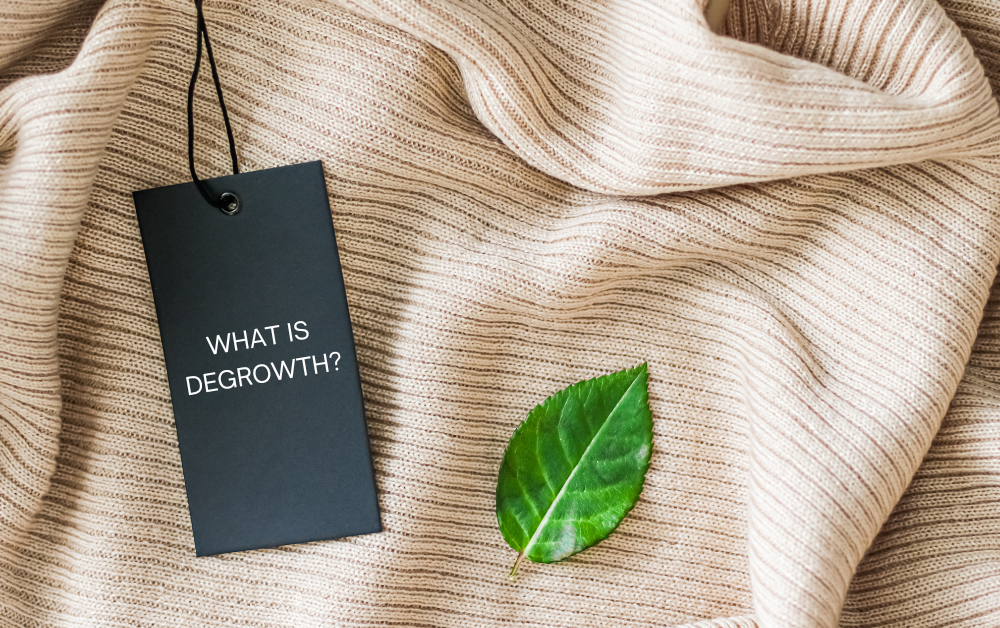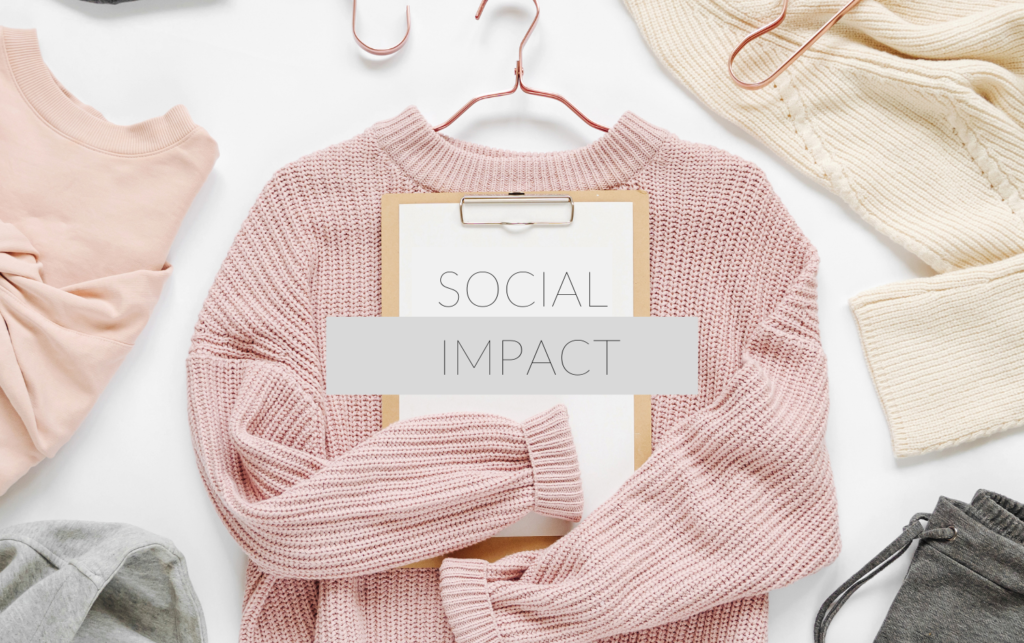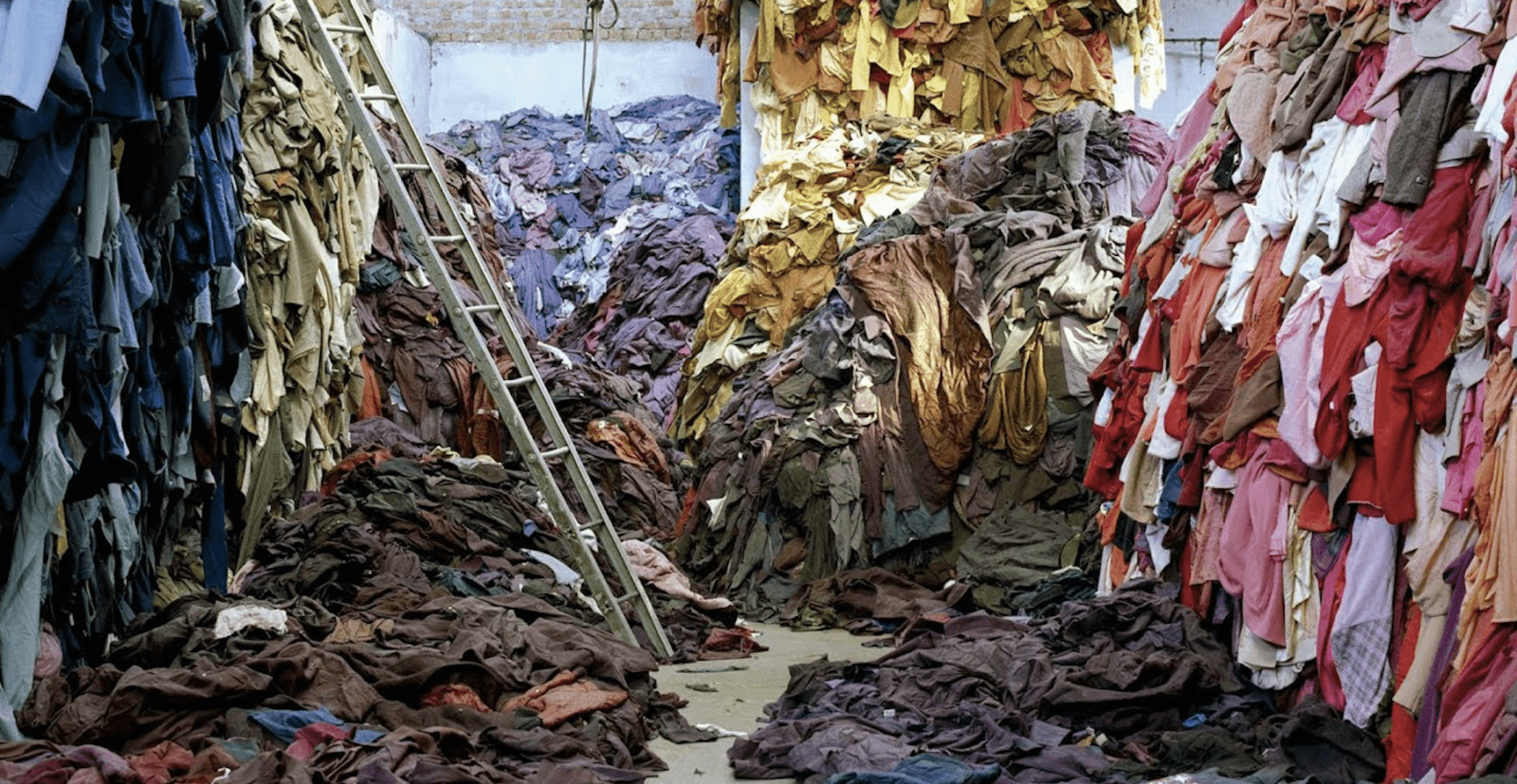Degrowth and the Fashion Industry
by ajones | Jun 22, 2022 | Fashion, Degrowth, Blog, 2022 | No Comments

Between 2000 and 2014, consumers increased their apparel purchases by an average of 60%, with 85% of those textiles ending up in landfills each year (Vemulakonda, 2021). From microplastics to fast fashion, the ever-growing industry struggles to find a sustainable foothold. Some feel that “degrowth” is the answer.
What is degrowth?
A number of engaged individuals, from designers to activists, suggest leaving behind traditional economics, remaking an unjust system, proposing that rich countries balance their economies with planetary boundaries (Robinson, 2022). In other words, degrowth means voluntarily reducing production. However, many cannot believe that the fashion industry would ever choose this approach.
While exterior forces, such as a recession, can reduce growth, degrowth comes from within; it is “proactive, controlled shrinking” (Robinson, 2022). It would mean rejecting fast fashion, lowering production, and increasing quality and longevity. This would help to control carbon emissions, water wastage, and environmental mismanagement during the production process (Vemulakonda, 2021).
Values of the movement
The degrowth movement is linked to other popular current models, such as climate justice and Indiginous rights, building on work by ecological and anti-colonial theorists. Degrowth focuses not on growth but on wellbeing and reducing inequality, on acknowledging some regions’ excess use and ecological damage (Robinson, 2022).
How degrowth can benefit the fashion industry
While some fear that degrowth would mean job loss in the garment production industry, it could actually provide more secure, safe, and potentially higher-quality jobs. This enables companies to further implement their sustainability policies and further embrace their corporate social responsibility.
Degrowth can open up new opportunities for action and expression. For example, consumers could collaborate directly with designers in creating custom apparel, perhaps from existing textiles or regenerative materials. The industry would become less centralized, which would allow local communities to develop their own “fashion ecosystems” (Webb, 2022). While degrowth would mean change, it would allow the industry to progress in its sustainability goals at a much greater rate than it will entrenched in the current model.
Degrowth and the future of fashion
Unsurprisingly, large brands are resistant to the degrowth model. Implementing it would, of course, require major policy changes. Yet a number of independent, smaller brands, which aren’t publicly owned, are prioritizing slower, local, intentional production (Robinson, 2022). As brands slow their production, consumers also play a role, extending the lifecycles of their textiles. If individuals shift their values toward those of the degrowth movement, the market may eventually embrace such changes too.
References
Robinson, F. (2022, April 20). Degrowth: The future fashion could choose. Good On You. https://goodonyou.eco/degrowth-the-future-fashion/
Vemulakonda, S. (2021, June 7). Why we should be talking about degrowth in fashion. Remake. https://remake.world/stories/news/why-we-should-be-talking-about-degrowth-in-fashion/
Webb, B. (2022, January 27). Degrowth: The future that fashion has been looking for? Vogue Business. https://www.voguebusiness.com/sustainability/degrowth-the-future-that-fashion-has-been-looking-for

Ethical fashion: What it is and why it matters
While the terms sustainable fashion and ethical fashion are often used interchangeably, they do not...

2021 Trends: How COVID-19 is changing fashion
2021 trends and expectations for companies and consumers look different than previous years. When...

The Environmental Impact of Fast Fashion
Fast fashion presents an environmentally-strenuous cycle of mass producing low quality products to...


